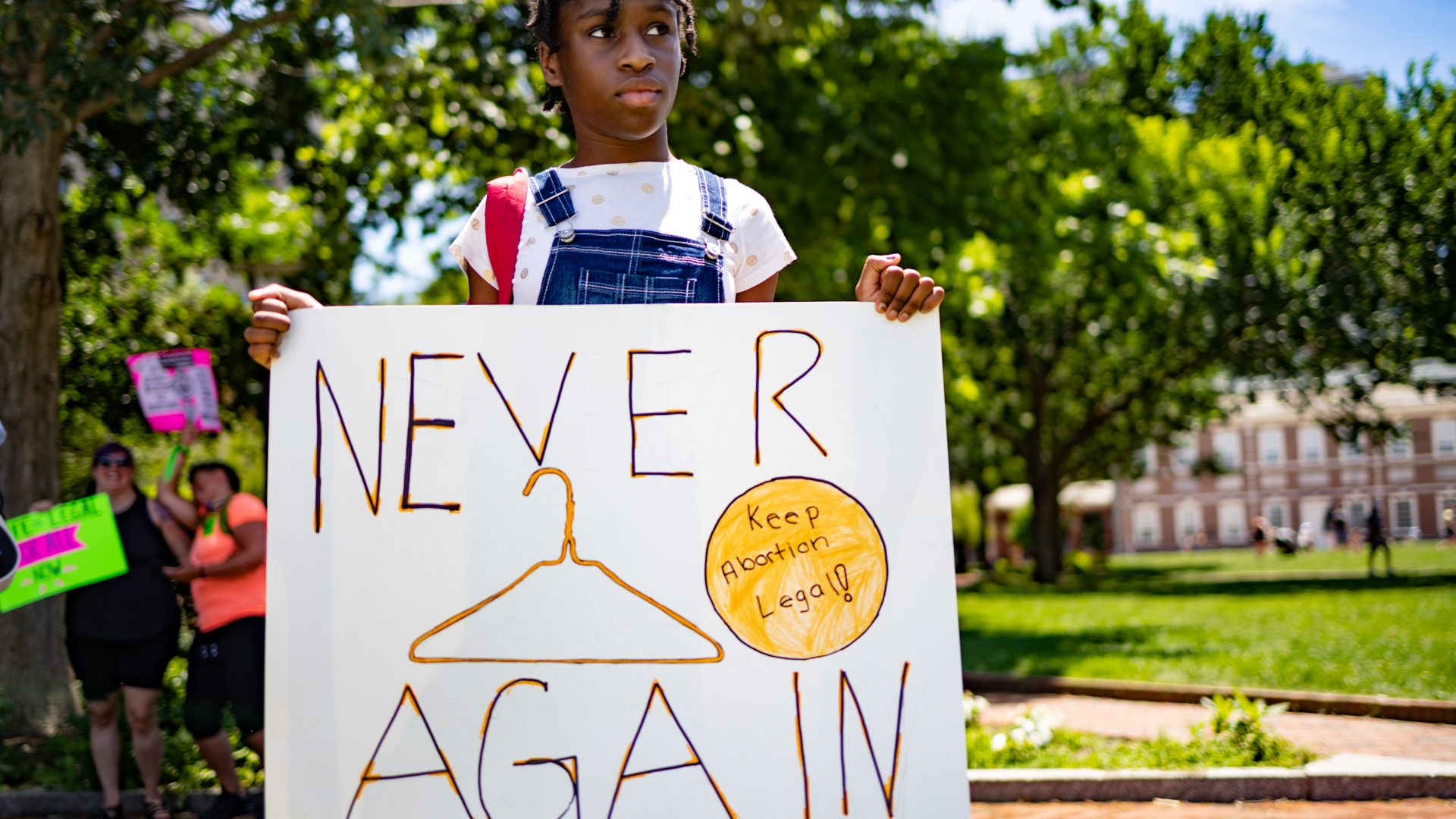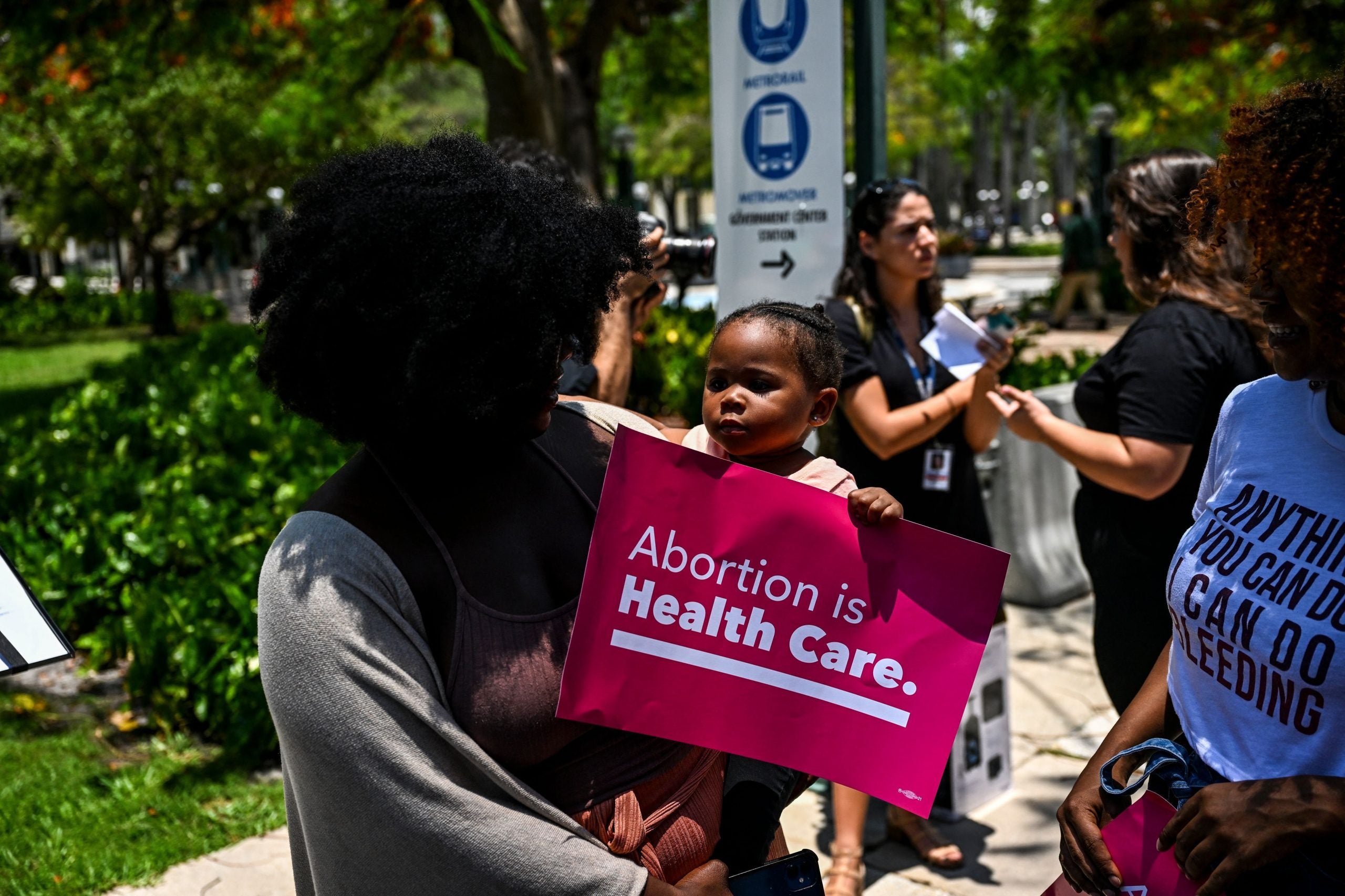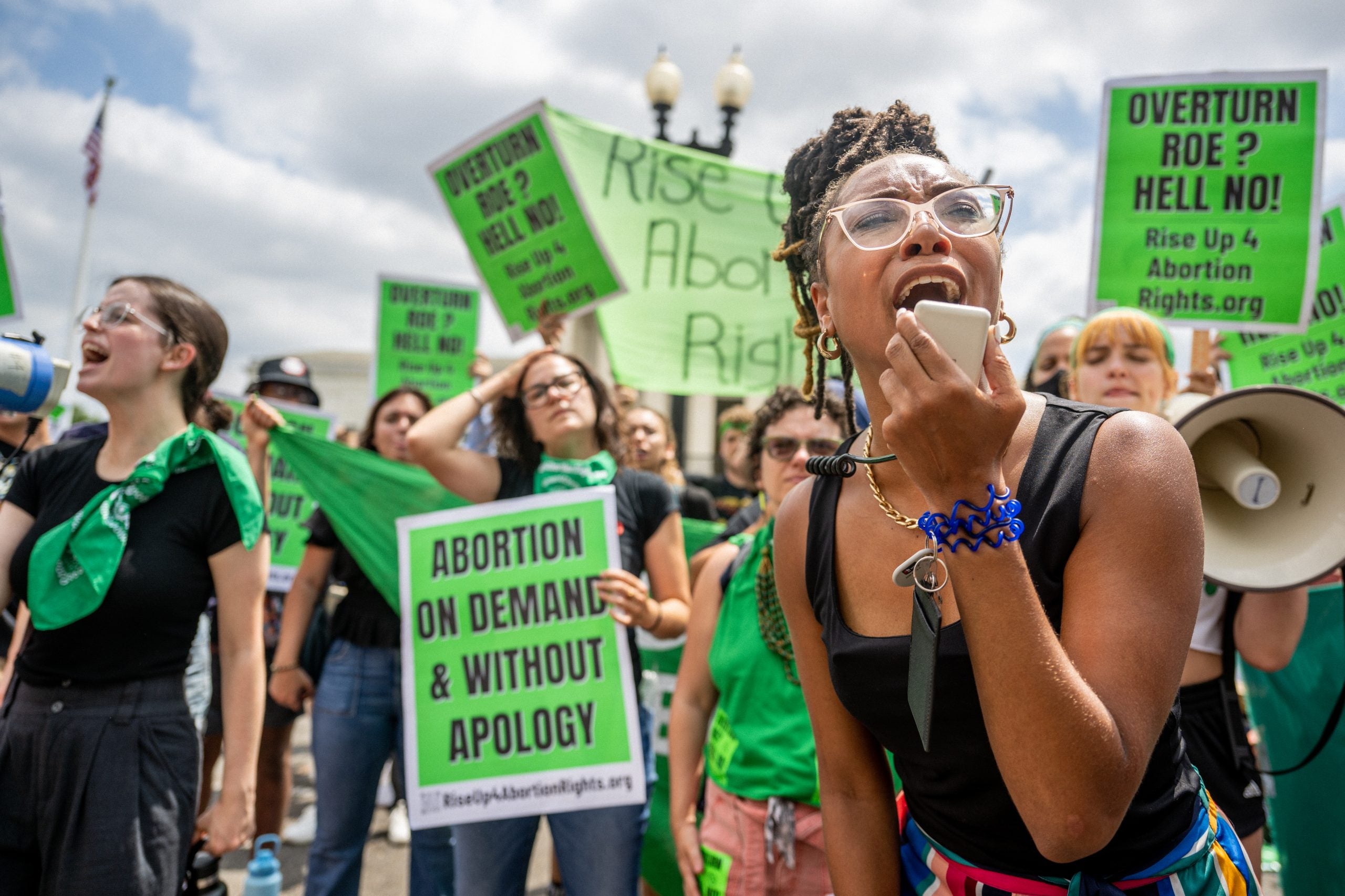
Measures to protect abortion access have passed in seven states but failed in three where it was on the ballot this election, marking a pivotal moment in the ongoing national debate over reproductive rights.
Arizona, Colorado, New York, Maryland, Missouri, Montana and Nevada, voted to protect a woman’s right to choose.However, the states of Florida, South Dakota and Nebraska chose to maintain or impose stricter limitations on abortion access. The results underscore a growing patchwork of abortion policies, with some states expanding access while others seek to limit or outright restrict it.
This wave of ballot initiatives follows the U.S. Supreme Court’s 2022 decision to overturn Roe v. Wade, a move that ended federal protections for abortion and left regulation to individual states. In response, abortion rights advocates have increasingly turned to ballot initiatives, enabling voters to weigh in directly on the issue and bypass legislative roadblocks. This approach reflects a shift toward grassroots efforts to safeguard or restore abortion access in an evolving and polarized legal landscape.
Here’s a look at how voters took the reins on this critical issue where it was on the ballot in 10 states.

New York
Voters in New York showed strong support for measures to protect abortion access, approving amendments to the state constitution. One such measure, Proposition 1, appeared on the ballot without directly mentioning abortion but effectively secured the right to abortion. Abortion remains legal in New York up to 24 weeks of pregnancy.
Arizona
In Arizona, voters have passed a measure that overturns the state’s current ban on abortions after 15 weeks of pregnancy. This move significantly expands reproductive rights, marking a major shift in the state’s abortion landscape. The measure, a victory for abortion rights advocates in this presidential battleground state, establishes a “fundamental right” to abortion in the Arizona state constitution. It prohibits the state from restricting or banning abortion before fetal viability, generally around 24 weeks of pregnancy. Until now, Arizona law banned abortion after 15 weeks.
Colorado
Colorado voters have approved a measure to reinforce existing abortion rights, continuing the state’s history of supporting reproductive access. With abortion already legal up to the point of viability, the amendment secures current protections and solidifies Colorado’s stance on reproductive rights. Additionally, the measure repeals a constitutional provision that previously banned public funding for abortions. Colorado remains without a gestational limit on abortion access.
Maryland
Maryland voters approved a constitutional amendment to protect abortion access, affirming the right to reproductive freedom. The measure ensures existing abortion rights, including the ability to make decisions about pregnancy, and embeds these protections in the state constitution. Maryland has no gestational limit on abortion, solidifying reproductive rights in the state.

Montana
Montana voters approved a measure to protect abortion access, reinforcing the state’s existing reproductive rights. The amendment enshrines the right to make decisions about one’s pregnancy, including abortion up to fetal viability and beyond to protect the patient’s life or health. Abortion has been legal in Montana since a 1999 state Supreme Court ruling.
Nevada
Nevada voters have passed a measure to protect abortion rights, ensuring that the state’s legal framework remains supportive of reproductive access. The amendment to Nevada’s state constitution guarantees the right to abortion up to the point of fetal viability, and after viability, when necessary to protect the health or life of the patient. While the amendment is now approved, it will require voter approval again in 2026 to fully amend the state constitution.
Missouri
Missouri voters have overturned the state’s near-total abortion ban, marking a significant expansion of abortion access. Currently, abortion is banned in Missouri with no exceptions for rape or incest. The newly approved amendment represents a major shift in state policy, expected to substantially broaden access to abortion services.
Florida
Florida voters rejected a measure to enshrine abortion rights in the state constitution, marking a setback for advocates seeking to restore broader access. The proposal, which would have allowed abortions up to viability, received 57% of the vote but fell short of the 60% threshold needed for approval. Florida currently bans most abortions after six weeks. This defeat ends a string of victories for abortion rights groups in state ballot measures since the 2022 Supreme Court decision that overturned Roe v. Wade.
South Dakota
South Dakota voters rejected an initiative that would have legalized abortion with regulations during the first and second trimesters. As a result, the state’s near-total abortion ban, which allows exceptions only to save the life of the mother, will remain in effect. The proposal, which included exceptions for rape and incest, was narrowly defeated, reflecting a divided and complex stance among voters.
Nebraska
Nebraska voters faced two competing ballot measures on abortion. One, which did not pass, aimed to enshrine the right to abortion up to fetal viability. The other, which passed, upheld the state’s 12-week abortion ban, allowing exceptions for sexual assault, incest, and medical emergencies. If both measures had passed, the one with the most votes would have taken effect. Nebraska law currently allows abortions up to 12 weeks.
The results mark the end of a winning streak for abortion-rights advocates, highlighting how reproductive health remains a key issue for voters. According to The Associatd Press, in a survey of over 110,000 voters nationwide, about one-fourth of respondents said abortion policy was the most important factor in their vote, while nearly half considered it an important, but not primary, factor. Just over 1 in 10 said it was a minor factor.




